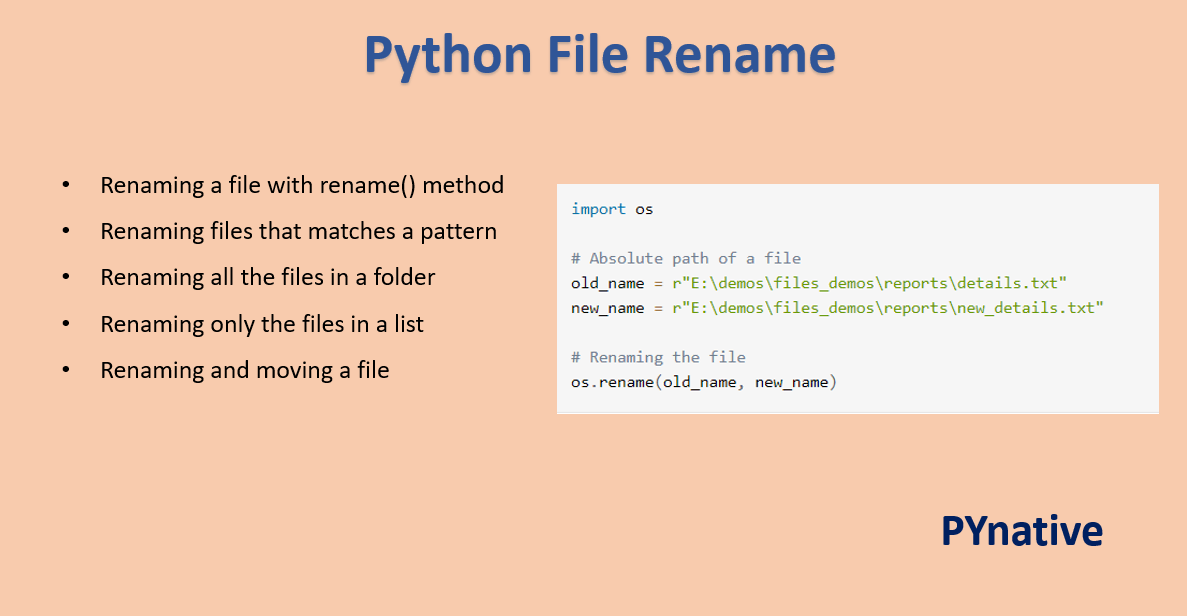

Command-line support, and so much more.Switching between multiple (different) subtitles.Multiple audio stream switching, and more.Frame stepping playback and WinLIRC support.Bookmarks support (add, edit, Media list).Chapters support (create, move to, skip).Advanced fast forward/fast rewind option.It has been one of the world’s most popular multimedia players since it does not use much of the CPU processing resources for multimedia playback and suitable for all those who use slightly less capable computers. In addition, it also offers advanced functionality and can independently create, upload, and automatically adjust subtitles for the desynchronization of subtitles and video.īS.Player ( BSPlayer) enables you to play music, videos, movies, DVDs, tv streams, podcasts, radio streams, and much more. BS.Player Pro is an AVCHD player that enables you to play and display AVCHD (Advanced Video Codec High Definition) video format movies. Python 3.6 and greater make use of f-strings! new_file_name = f"".format(p.stem, 1, p.Download BS.Player Pro 2.77 Build 1092 Full VersionīS.Player Pro Full Version is a simple and powerful media player software for windows, which supports many multimedia formats (such as AVI, MKV, MP4, WAV, MP3, etc.) Which You Can Download From MasterKreatif.NET.

We can perform our modification with a simple string manipulation:

For example, if for whatever reason we want to rename the file by modifying the filename from the_file to the_file_1, then we can get the filename part: name_without_extension = p.stemĪnd still hold the extension in hand as well: ext = p.suffix Just to provide some information around this object we have now, we can extract things out of it. So, you can take your path and create a Path object out of it: from pathlib import Path Let's assume you are not in the root path (just to add a bit of difficulty to it) you want to rename, and have to provide a full path, we can look at this: some_path = 'a/b/c/the_file.extension' If you happen to be on an older version, you can use the backported version found here As of Python 3.4 one can use the pathlib module to solve this.


 0 kommentar(er)
0 kommentar(er)
